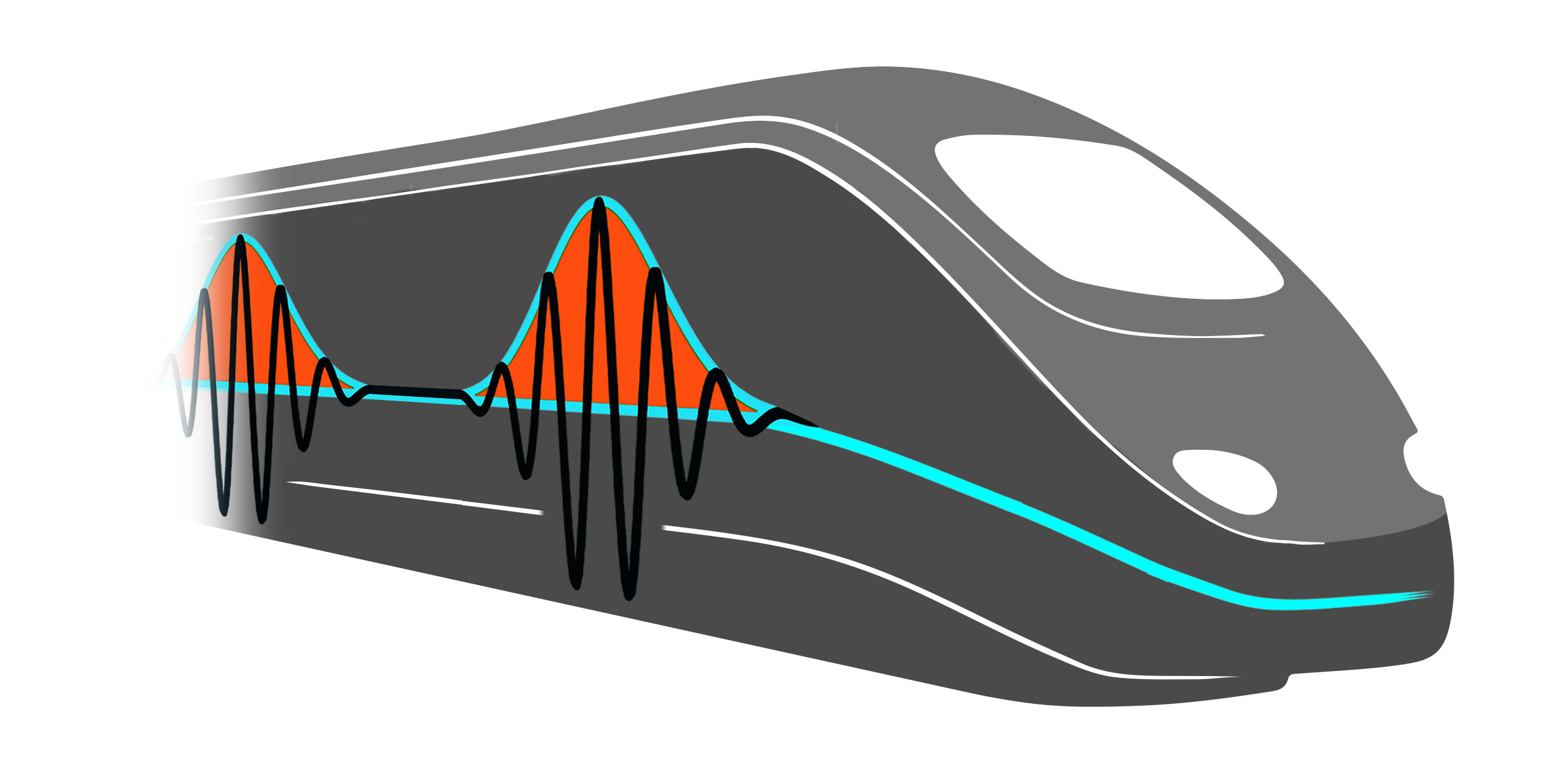by Jerome Riedel, Patrick Gelß, and Burkhard Schmidt
Freie Universität Berlin, Germany
WaveTrain is an open-source software for numerical simulations of chain-like quantum systems with nearest-neighbor (NN) interactions only (with or without periodic boundary conditions). This Python package is centered around tensor train (TT, or matrix product) representations of quantum-mechanical Hamiltonian operators and (stationary or time-evolving) state vectors. WaveTrain builds on the Python tensor train toolbox scikit_tt, which provides efficient construction methods, storage schemes, as well as solvers for eigenvalue problems and linear differential equations in the TT format.
WaveTrain comprises solvers for time-independent and time-dependent Schrödinger equations employing TT decompositions to construct low-rank representations. Often, the TT ranks of state vectors are found to depend only marginally on the chain length N, which results in the computational effort growing only slightly more than linearly in N, thus mitigating the curse of dimensionality. Thus, WaveTrain complements the existing WavePacket project at SourceForge which does not offer these advantages but which can be used for general Hamiltonians, i.e., without restriction to chain-like systems.
As a complement to the Python classes for full quantum mechanics, WaveTrain also contains classes for fully classical and mixed quantum-classical (Ehrenfest or mean field) dynamics of bipartite ("slow-fast" and/or "heavy-light") systems. Moreover, the graphical capabilities allow visualization of quantum dynamics ‘on the fly’, with a choice of several different graphical representations based on reduced density matrices.
For a detailed description of the WaveTrain software, see our article that appeared in April 2023 in J. Chem. Phys.1.
After downloading and installing the Python tensor train toolbox scikit_tt, installation of the WaveTrain software package is straightforward
pip install git+https://github.com/PGelss/scikit_tt
pip install wave_train
where pip belongs to a Python installation with minimum version requirement 3.7.0. For a developer installation you can download the latest version of WaveTrain to your local computer by using the 'git clone' command.
git clone https://github.com/PGelss/wave_train.git
cd wave_train
python setup.py install --user
see our work on solving the TISE2 and TDSE3 for coupled excitons and phonons
Footnotes
-
J. Riedel, P. Gelß, R. Klein, and B. Schmidt, "WaveTrain: A Python Package for Numerical Quantum Mechanics of Chain-Like Systems Based on Tensor Trains", J. Chem. Phys. 158 (16), 164801 (2023) ↩
-
P. Gelß, R. Klein, S. Matera, B. Schmidt, "Solving the Time-Independent Schrödinger Equation for Chains of Coupled Excitons and Phonons using Tensor Trains", J. Chem. Phys. 156 (2), 024109 (2022) ↩
-
P. Gelß, R. Klein, S. Matera, and B. Schmidt, "Quantum Dynamics of Coupled Excitons and Phonons in Chain-Like Systems: Tensor Train Approaches and Higher-Order Propagators", arXiv:2302.03725 ↩

